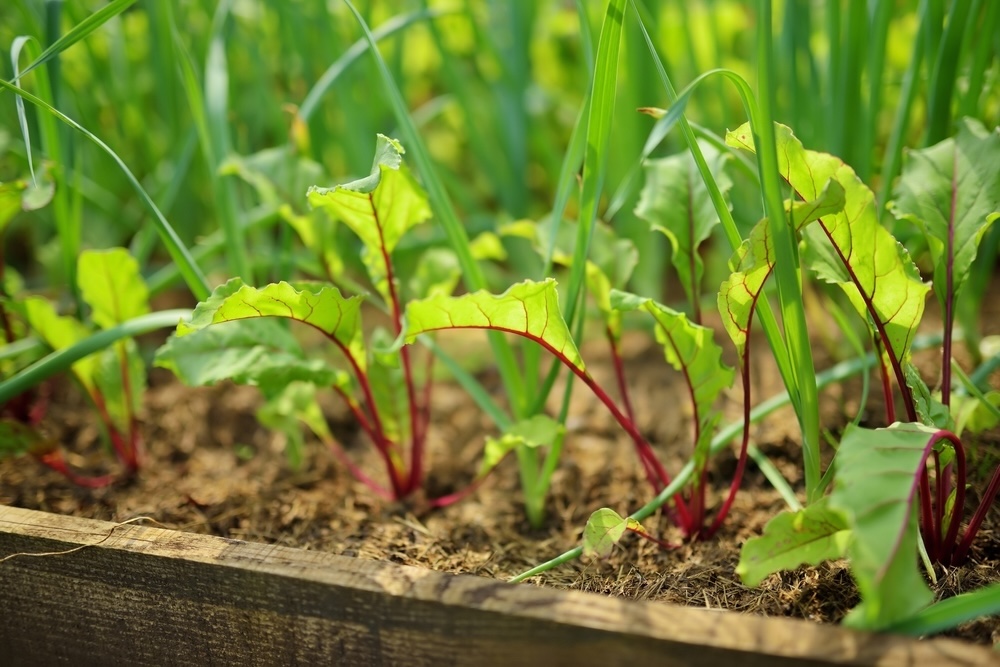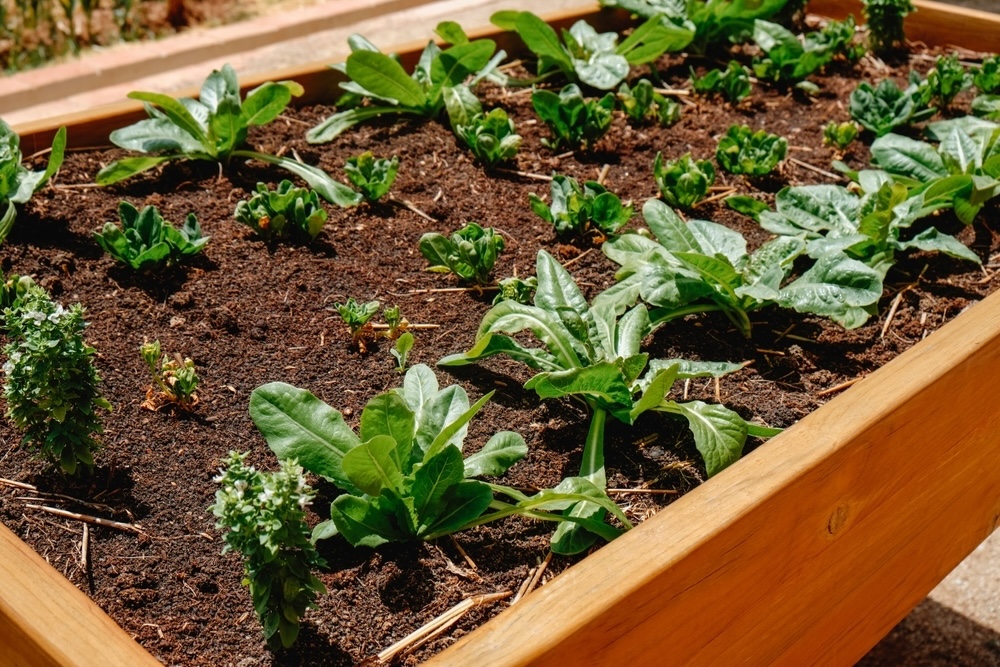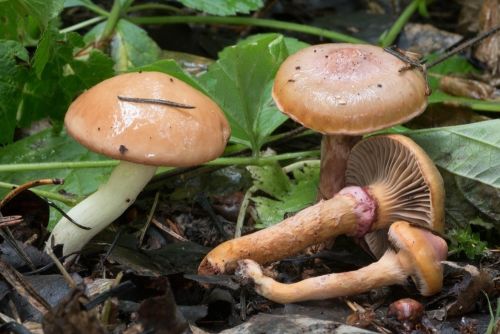Maximizing Yield with the Science Behind Companion Planting

Companion planting is an age-old gardening practice where different plant species are grown together to benefit each other. This technique, rooted in traditional agricultural practices, has seen a resurgence as modern gardeners and farmers seek sustainable and efficient methods to enhance crop yield, improve soil health, and naturally manage pests. The concept dates back to ancient civilizations, including the Greeks, Romans, and Native Americans, who used companion planting to improve their agricultural productivity and resilience. The Native American "Three Sisters" method, where corn, beans, and squash are planted together, is a well-known example.
In recent years, the interest in companion planting has grown due to ecological awareness and the desire for sustainable practices. Synthetic fertilizers and chemical pesticides are becoming less desirable due to their environmental impact. Companion planting offers a natural alternative by leveraging the strengths and characteristics of different plant species to create a balanced ecosystem that promotes plant health and productivity. For example, legumes can fix nitrogen in the soil, benefiting neighboring plants, while aromatic herbs can repel pests.
One of the primary benefits of companion planting is its ability to improve soil health. Different plants have varying nutrient needs and root structures, which help prevent soil depletion and erosion. Additionally, certain plants can enhance biodiversity by attracting beneficial insects and pollinators, such as bees and butterflies. This biodiversity is crucial for creating a resilient ecosystem and improving the overall health and productivity of the garden.
Pest management is another significant advantage. Certain plants have natural pest-repelling properties that protect their neighbors from harmful insects. For instance, marigolds produce chemicals that deter nematodes, while basil and mint can repel a variety of pests. By strategically placing these plants in your garden, you can reduce the need for chemical pesticides, creating a healthier environment. Understanding the science behind companion planting can help maximize the potential of your garden, whether you are a novice or an experienced green thumb.
Scientific Basis of Companion Planting
The benefits of companion planting are grounded in various scientific principles and extensive research, which highlight the complex interactions between different plant species. These interactions include allelopathy, nutrient sharing, and pest repulsion, each contributing uniquely to the health and productivity of a garden.
Allelopathy: Allelopathy refers to the chemical interactions between plants, where certain species release compounds that can either inhibit or stimulate the growth of neighboring plants. This phenomenon is a crucial component of companion planting. For instance, marigolds (Tagetes spp.) produce thiophenes, which are sulfur-containing compounds that have been shown to suppress soil-dwelling nematodes. Nematodes are microscopic worms that can cause significant damage to plant roots, leading to stunted growth and reduced yields. By planting marigolds alongside susceptible crops, gardeners can naturally mitigate nematode infestations without resorting to chemical treatments.
Research has also identified allelopathic interactions in other plant pairings. For example, black walnut trees (Juglans nigra) release juglone, a compound that can inhibit the growth of many plants, including tomatoes, potatoes, and certain herbs. Understanding these interactions allows gardeners to avoid detrimental combinations and instead focus on beneficial pairings that promote mutual growth.
Nutrient Sharing: Nutrient sharing is another critical aspect of companion planting, particularly through the process of nitrogen fixation. Leguminous plants, such as beans (Phaseolus spp.) and peas (Pisum sativum), host symbiotic bacteria called rhizobia in their root nodules. These bacteria convert atmospheric nitrogen into a form that plants can use, enriching the soil with this essential nutrient. This process, known as biological nitrogen fixation, reduces the need for synthetic nitrogen fertilizers, which are often energy-intensive to produce and can have negative environmental impacts.
The benefits of nutrient sharing extend beyond legumes. For example, deep-rooted plants like comfrey (Symphytum officinale) can mine nutrients from deep soil layers and bring them closer to the surface, making them available to shallow-rooted neighbors. This dynamic nutrient cycling enhances overall soil fertility and promotes robust plant growth.
Pest Repulsion: Pest repulsion is another scientifically backed benefit of companion planting. Certain plants produce volatile organic compounds (VOCs) that can deter herbivorous insects. For example, basil (Ocimum basilicum) and mint (Mentha spp.) emit aromatic compounds that repel aphids, mosquitoes, and other pests. These plants can be strategically placed around susceptible crops to create a natural pest barrier.
Furthermore, the diversity in a companion-planted garden can disrupt pest life cycles and reduce the likelihood of infestations. Pests often thrive in monocultures where they can easily find and exploit their preferred host plants. By interspersing different species, gardeners can confuse pests and decrease the chances of widespread damage. Studies have shown that intercropping—a form of companion planting—can significantly reduce pest populations and increase crop yields compared to monoculture systems.
Integrating Science into Practice: By integrating these scientific principles into their gardening practices, gardeners can create more resilient and productive ecosystems. Allelopathy, nutrient sharing, and pest repulsion are just a few of the ways that companion planting leverages natural processes to benefit plants and the environment. Understanding and applying these concepts not only enhances garden productivity but also contributes to sustainable agricultural practices that align with ecological principles.
Embracing the scientific basis of companion planting empowers gardeners to make informed decisions about plant pairings, optimize resource use, and foster a healthier, more diverse garden environment. Whether you are a novice gardener or an experienced horticulturist, leveraging the science of companion planting can help you achieve a thriving and sustainable garden.

Top Companion Plant Pairings
Certain plant combinations are particularly effective in promoting mutual benefits. Here are some well-known pairings and their advantages:
Tomatoes and Basil |
|
Beans and Corn |
|
Carrots and Onions |
|
Cabbage and Dill |
|
Cucumbers and Nasturtiums |
|
Lettuce and Radishes |
|
Spinach and Strawberries |
|
Peppers and Marigolds |
|
Squash and Borage |
|
Beets and Garlic |
|

Soil Health and Pest Management
Companion planting plays a vital role in improving soil health and managing pests. Diverse plantings can enhance soil structure, increase microbial activity, and promote nutrient cycling. For example, planting legumes with other crops can increase soil nitrogen levels by 15%, improving the growth of neighboring plants.
Moreover, companion planting helps in natural pest control. Plants like marigolds and nasturtiums release compounds that deter pests, reducing the need for chemical pesticides. A study found that companion planting could reduce pest infestation by up to 30% compared to monoculture practices.
Maximizing Space and Yield
One of the significant advantages of companion planting is the efficient use of garden space. By growing plants that complement each other in terms of growth habits and resource requirements, gardeners can maximize yield per square foot. For instance, planting lettuce under taller plants like tomatoes utilizes the shaded space and keeps the soil cooler, benefiting both crops.
Research has shown that strategic companion planting can lead to yield improvements of up to 20%. This is due to better utilization of light, water, and nutrients, as well as reduced competition for resources.
Practical Tips for Gardeners
Implementing companion planting in your garden can be straightforward with these steps:
Plan Your Garden Layout: Identify compatible plant pairs and plan your garden layout accordingly. Consider plant height, root depth, and water needs.
Start Small: Experiment with a few companion pairs before expanding your practice. Observe the interactions and adjust as needed.
Rotate Crops: Rotate your crops each season to prevent soil depletion and reduce pest buildup.
Use Mulch and Compost: Enhance soil fertility and moisture retention by using mulch and compost. This will support the health of your companion plants.
Monitor and Adjust: Regularly monitor your plants for signs of stress or pest issues. Adjust your planting strategy based on your observations.

Conclusion
Companion planting offers a sustainable and effective way to maximize garden yield, improve soil health, and manage pests naturally. By understanding the science behind plant interactions and implementing practical tips, you can create a thriving garden ecosystem. This approach not only enhances the productivity of your garden but also contributes to environmental sustainability by reducing the reliance on chemical fertilizers and pesticides.
One of the most significant benefits of companion planting is its positive impact on soil health. Diverse plantings help maintain soil structure and fertility, preventing issues such as soil erosion and nutrient depletion. Plants like legumes enrich the soil with nitrogen, while deep-rooted plants like carrots break up compacted soil, making it more hospitable for other plants. This holistic approach to soil management leads to healthier plants and more bountiful harvests.
Pest management is another area where companion planting excels. Certain plants have natural pest-repellent properties, reducing the need for chemical interventions. For instance, marigolds deter nematodes, and aromatic herbs like basil and mint repel aphids and other common pests. By strategically placing these plants in your garden, you create a natural pest control system that promotes a healthier growing environment.
Additionally, companion planting enhances biodiversity, which is crucial for a resilient and sustainable garden ecosystem. A diverse range of plants attracts beneficial insects and pollinators, such as bees and butterflies, which are essential for the reproduction of many plants. This biodiversity not only supports the health of your garden but also contributes to the broader environment by providing habitats for various species. Whether you are planting your first seed or refining advanced cultivation strategies, companion planting can help you achieve a green oasis that brings joy and life to your home.
Topics
Check more articles on our blog

The Hidden World of Mycorrhiza: How Fungi Can Supercharge Your Garden

Worm Castings: Perfect Natural Fertilizer for Gardens

Understanding Soil pH for Thriving Plants
